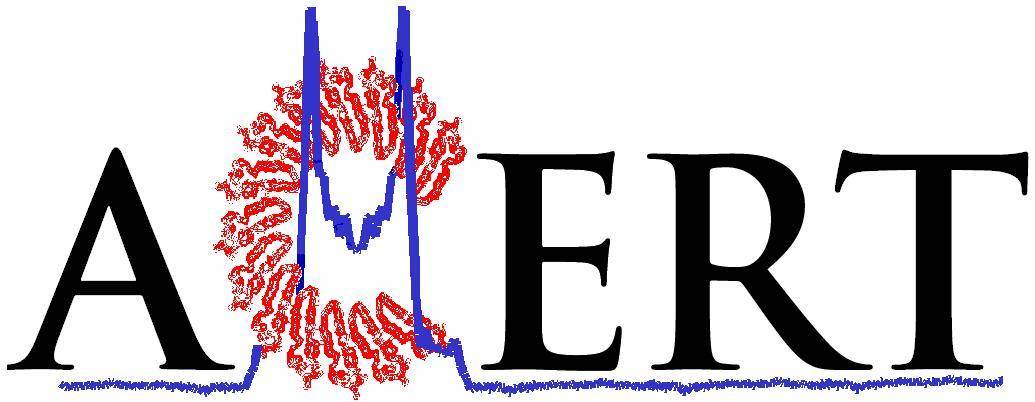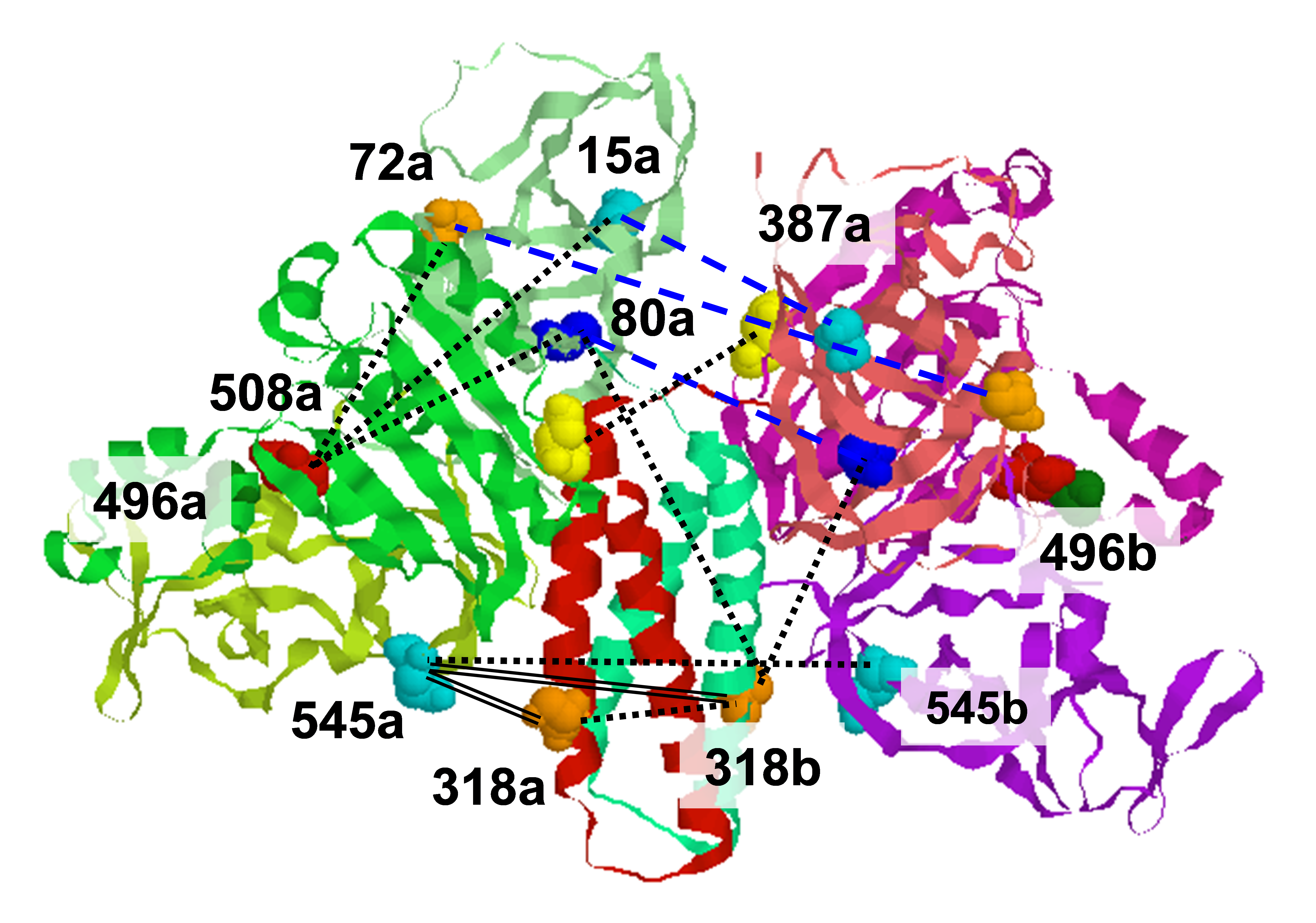.svg) National Institute of General Medical Sciences |
 |
 |
National Biomedical Resource for |
| ACERT's Service and Collaborative Projects | ||
We have provided a new approach to the analysis of dynamic NMR lineshapes from polycrystalline (i.e., macroscopically disordered) samples in the presence of Magic Angle Spinning (MAS). This is an application of the Stochastic Liouville Equation developed by Freed and co-workers for treating restricted (i.e., microscopically ordered) motions. The 2H nucleus in an internally-mobile C–CD3 moiety serves as a prototype probe. The acronym is 2H/MOMD/MAS, where MOMD stands for "microscopic-order-macroscopic-disorder." The key elements describing internal motions – their type, the local spatial restrictions, and related features of local geometry – are treated in MOMD, within their rigorous three-dimensional tensorial requirements. Based on this representation a single physically well-defined model of local motion has the capability of reproducing extensive experimental spectra. There exist other methods for analyzing dynamic 2H/MAS spectra which advocate simple motional modes, but they require either unusual parameter values, or combine several simple motional modes. The latter reasoning assumes independence of the constituent modes, features ambiguity as different simple modes may be used, renders inter-system comparison difficult. 2H/MOMD/MAS is free of such limitations and inherently provides a clear physical interpretation. The advantage of 2H/MOMD/MAS in dealing with sensitive but hardly investigated slow-motional lineshapes is demonstrated by applying it to actual experimental data. The results of the analyses differ from those obtained previously with a two-site exchange scheme that yielded unusual parameters. Funding: P41GM103521 (to JHF), Isr. Sci. Foundation No. 469/15 (to EM); Isr.-U.S. Binational Sci. Foundation No. 2016097 (to EM & JHF). Publication: Meirovitch E, Liang Z, and Freed JH. Solid State Nucl. Magn. Reson. 89, 35-44 (2018); PMCID: PMC5772661. |
||
|
||
| Eva Meirovitch (Mina and Everard Goodman Faculty of Life Sciences, Bar-Ilan University, Israel) Zhichun Liang and Jack H. Freed (ACERT) | ||
|
|
About ACERT Contact Us |
Research |
Outreach |
ACERT is supported by grant 1R24GM146107 from the National Institute of General Medical Sciences (NIGMS), part of the National Institutes of Health. |
|||||
| ||||||||